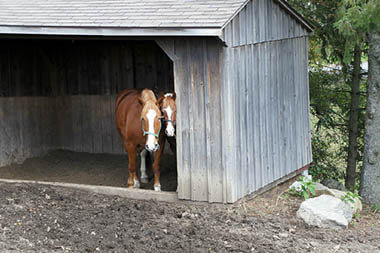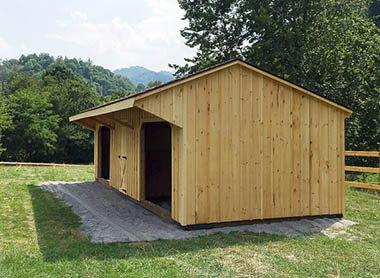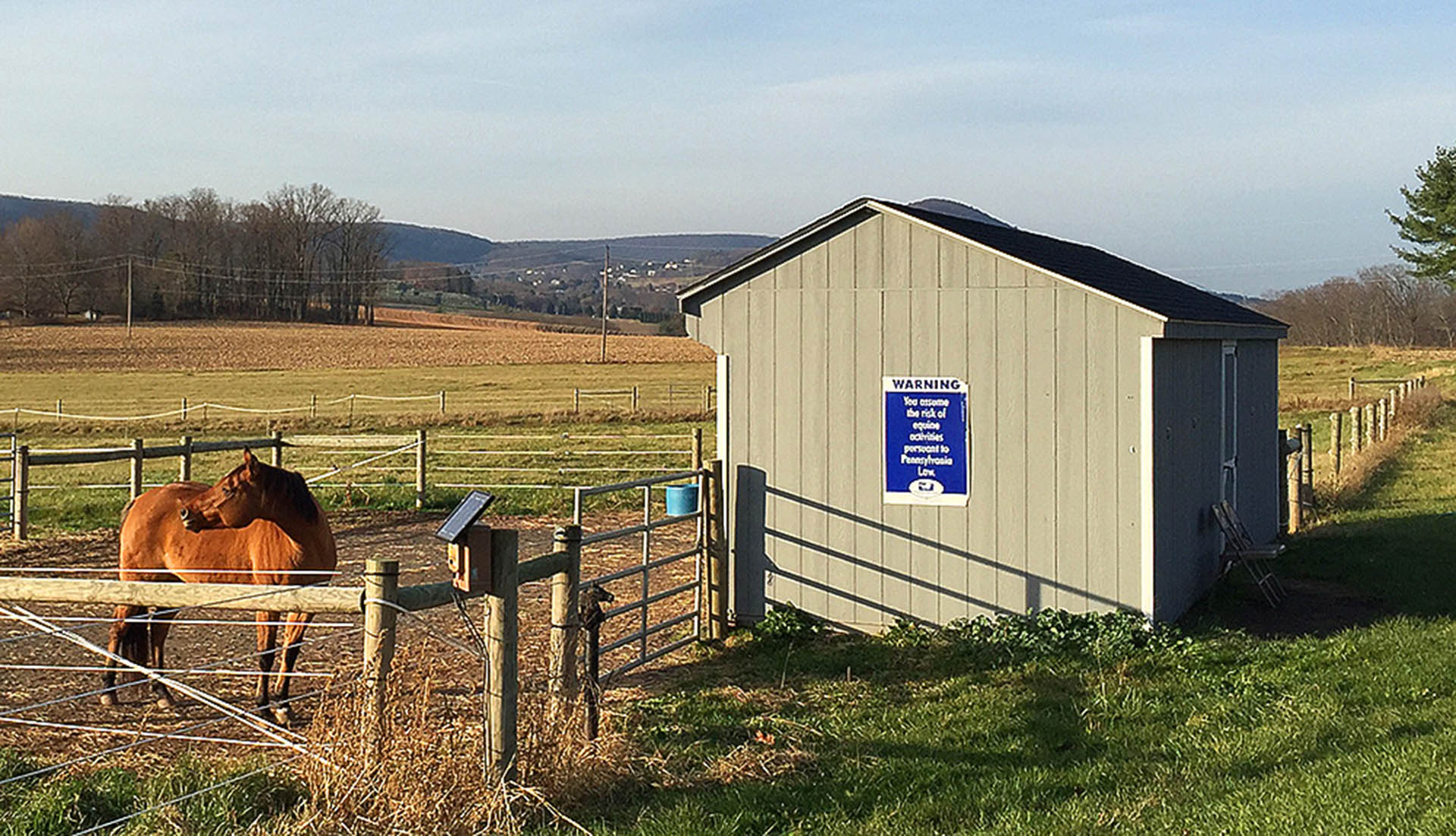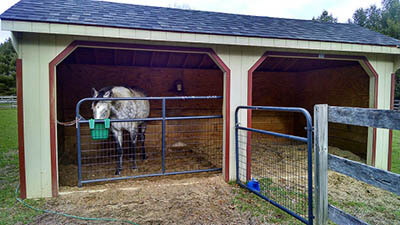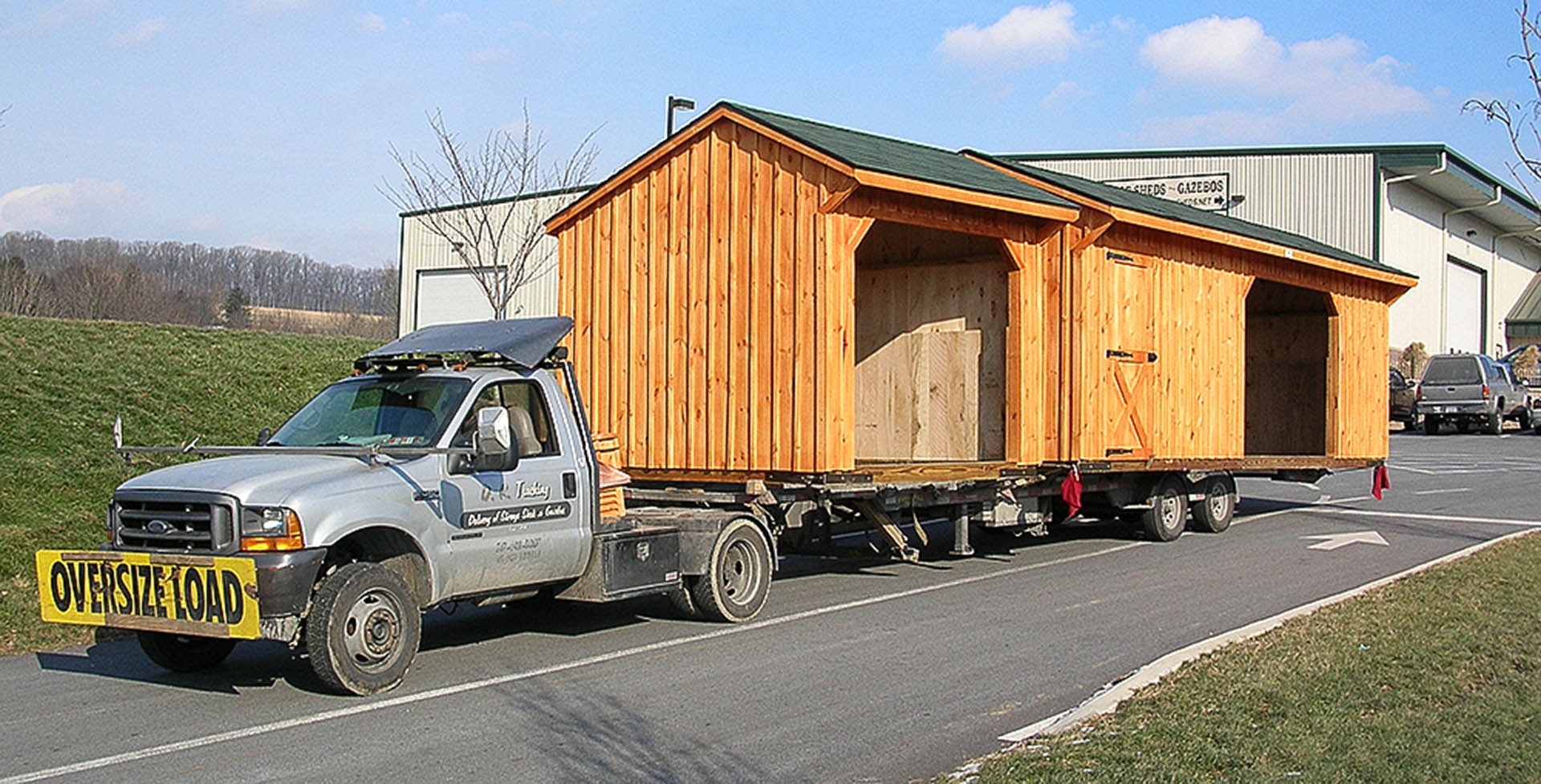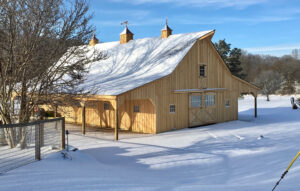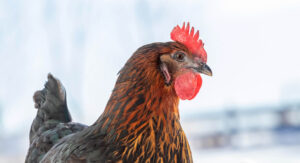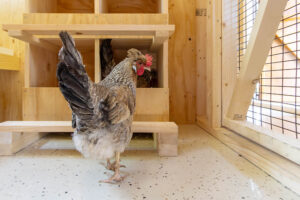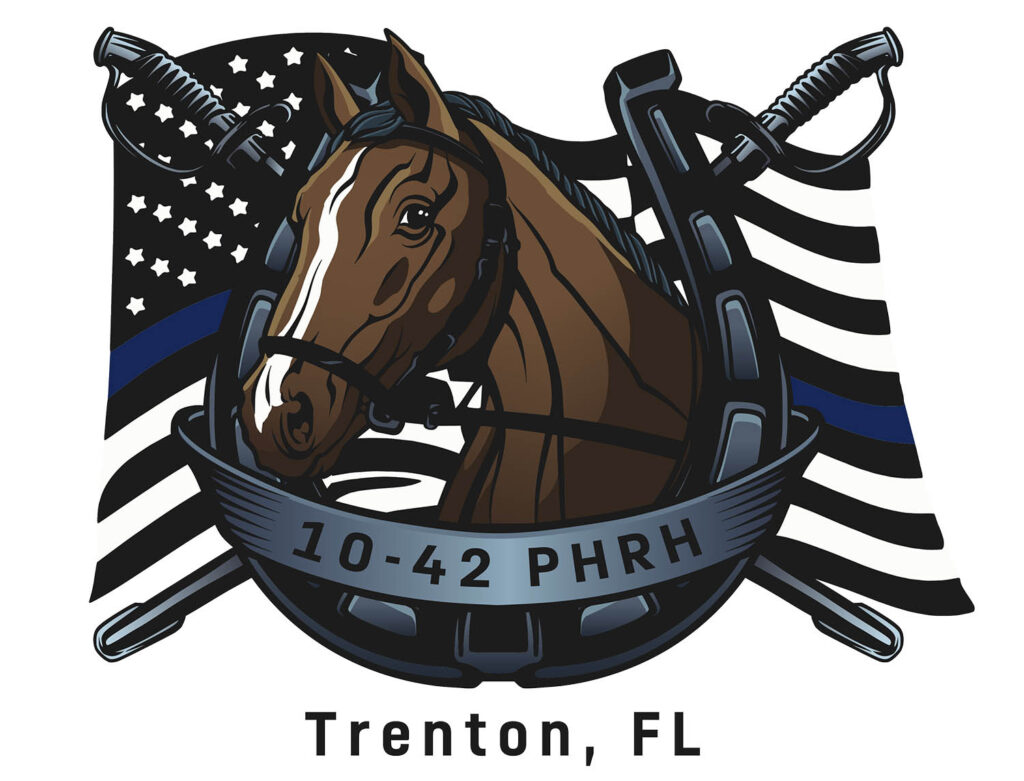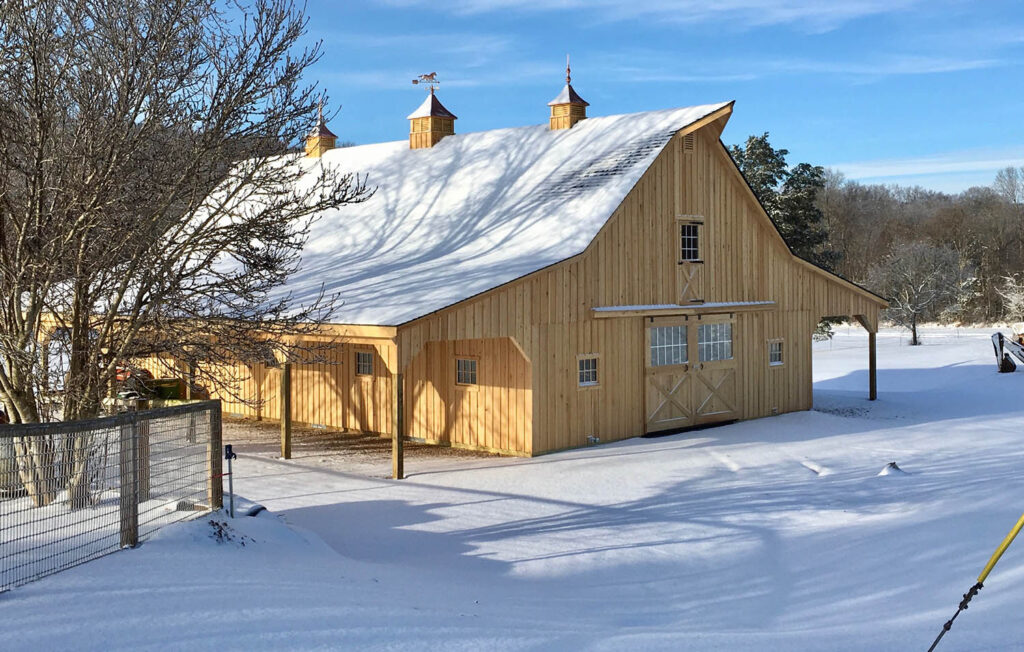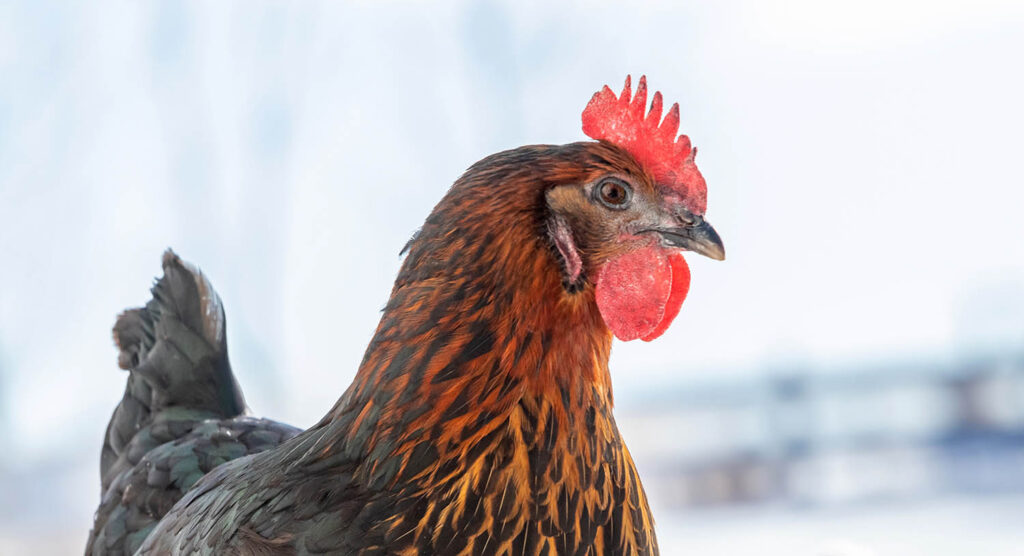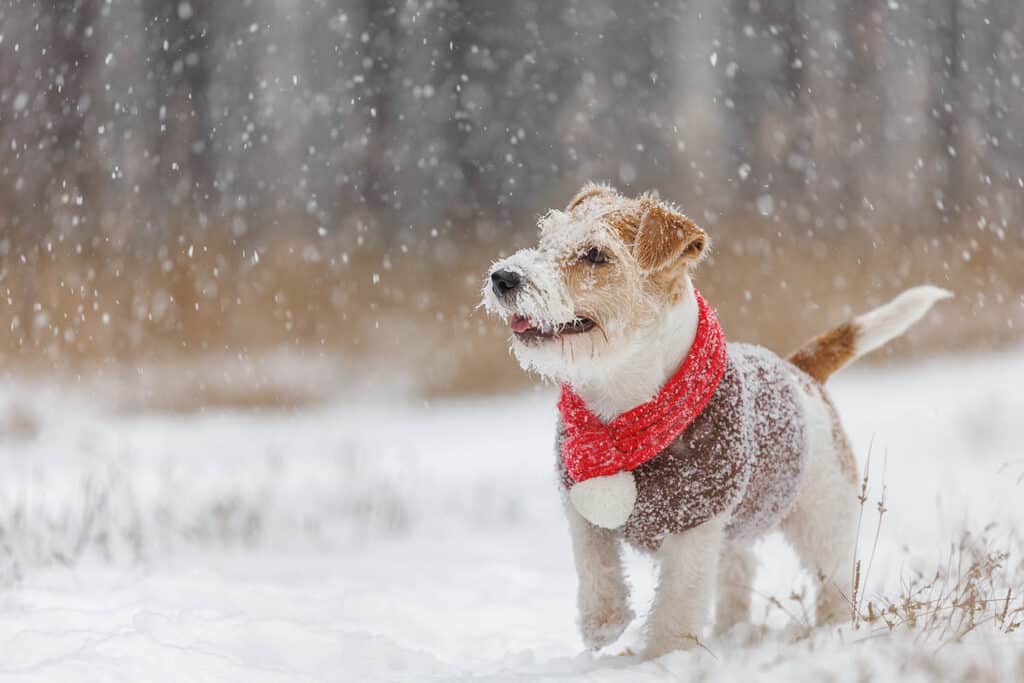Blog by Nikki Alvin-Smith
You may think that blanketing your horses or having the cover of trees in your pasture eliminates the need to worry about providing shelter with a run-in shed. If you turn your horse out for just a few hours at a time and are present to bring him in should the weather turn bad then perhaps this is true.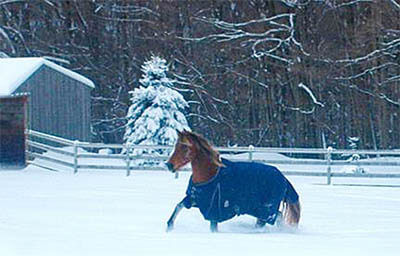
However, many of us like to turn our horses out for several hours a day and keep them out as much as possible. For these horses, the shelter provided by the humble and inexpensive run-in shed is very important.
As you may or may not already know, horses will seek the shelter of a run-in shed more in summer than in winter. A run-in shed provides a valuable retreat from pesky flies and the heat of the blazing sun. In winter they will use the shelter to avoid strong winds, hail and ice storms.
Here are a few tips to help you make the best decision when purchasing or building a run-in shed.
Size Does Matter
Unless you have a lone equine, your run-in shed plans need to be able to accommodate a variety of horse personalities. The dominant horse can quickly bully one lower in the pecking order and block it from entering (or exiting) the structure. Not a good scenario. Even worse, the secondary character will be left, literally, out in the cold.
So, when considering size always opt for wider rather than deeper. It is also a good idea to consider using several smaller structures rather than one larger one if you have a good size herd in one pasture. Additionally, to minimize bullying overall don’t feed horses in the run-in shed as this can lead to excessive upset.
The interior of the shed should be at least ten feet high and should include a four-foot high kickboard. The entrance should be seven feet high which will accommodate even the largest warmblood.
A 12’ x 12’ space is the ideal stall size. However, a 12’ x 18’ horse run-in shed plans will usually accommodate three horses that average 15h.h. Consider the type of horses and how they get along then use common sense when choosing a size and design. Companies with experience building run-in sheds and livestock shelters will be a font of knowledge with many helpful recommendations on run-in shed designs. Don’t be afraid to ask questions or solicit their advice.
It’s All About the Base
Choosing proper placement when building a run-in shed is just as important as getting the right size. For example, setting the shed at the bottom of a hill will ‘delight’ you with a mud-filled structure that is hopeless for providing comfort for your horse. For best results place your run-in shed on a level, elevated pad with a stone dust base. Ideally, the base will extend at least 1’ beyond all sides of the structure if you are placing it inside the fenced perimeter of the field. If possible, a larger area of compacted stone dust (3” or 4” deep) in the front will help reduce mud in this high traffic area.
When designing and building our farm we constructed an elevated, gravel pad and placed French drains in the front to divert water to each side of the structure. We then added stone dust on top of the drains. There was a generous skirt/apron to the front of the shed so horses could run in and out without causing a muddy mess in the high traffic area. We had the whole base compacted to provide firm footing and keep everything in place. The shed is routinely cleaned out with a tractor and we install clean shavings regularly to encourage the horses to use it.
Placement Options
Placement of your run-in shed will depend on how you wish to use it and the design of your paddocks/pastures. All run-in shed placement should ensure the open front faces away from prevailing winds. If you place the structure in the middle of the field, horses will be able to utilize all sides for shelter. However, the disadvantage of having all sides exposed is horses may also enjoy ‘chowing down’ on the siding material.
You can place the run-in structure outside of the field with fencing that runs to each side leaving only the front (entrance) side exposed to the horses. This is very useful if you plan to add a door for access to the structure from the outside. It also effectively limits the horses’ ability to gnaw on the wood siding.
Add a pipe gate or wood partition to the structure to create separate areas. This is a simple and effective means to exclude certain horses from lush pasture or control the amount of interaction between horses. You could also use the space for equipment or hay storage. Do it yourself or have your builder put in a divider during construction.
Pole Versus Prefabricated Run-in Sheds
A pole style run-in shed is built on site and becomes a permanent fixture in your pasture. The biggest advantages to this type of building are there is no size limit and your chosen location is not dictated by the width of your pasture gate or the landscape – i.e. trees, rocks, hills. If you can carry the building materials there, you can build the shed there.
Pre-built run-in sheds on the other hand are limited in size as to what can legally be transported over the road. This translates into a structure that is typically 12’ deep by 10’ high. Obviously, your pasture gate has to be wide enough for a structure this size to fit through. And, placement is limited to a spot in the meadow that the shed can be ‘driven’ or dragged to.
If you need horse shelter plans NOW, a prefab run-in shed is the answer. You place your order and, within a relatively short period of time, your prefabricated run-in magically arrives and is ready for occupancy as soon as it’s off the truck.
The biggest advantage of a prefabricated run-in shed? You can relocate it. Drag it to another spot in the field, another field altogether or haul it to another property if you move. Tow hooks, welded onto the frame and included with every prefabricated run-in shed, help make this possible.
Even if you never intend to move the shed, the tow hooks can be used with an anchor kit to tie down the building and prevent it tipping over in the event of strong winds.
Both the pole and prefabricated run-in shed options provide customizations such as windows, doors, overhangs etc. And many experienced prefab building companies will offer on-site building if you want a larger structure. Do your homework. Ask questions. The cheapest option is not always the best option. Evaluate your needs and your budget and choose horse run-in shed plans that will serve you – and your horses – best in the long term.
Think Outside the Box
If you have a limited budget, consider a structure that is multi-purpose to get the most bang for your buck. For example, half of the building may be a generous run-in area with the other half being enclosed stalls, a feed room, tack room or an area for hay, vehicle or equipment storage. The run-in area separated from the rest of the structure by a wall, partition or fence line.
When you think about it your horse will be happier with the shelter a run-in shed provides and, as a result, so will you. Always plan for the future as well as your present needs.


